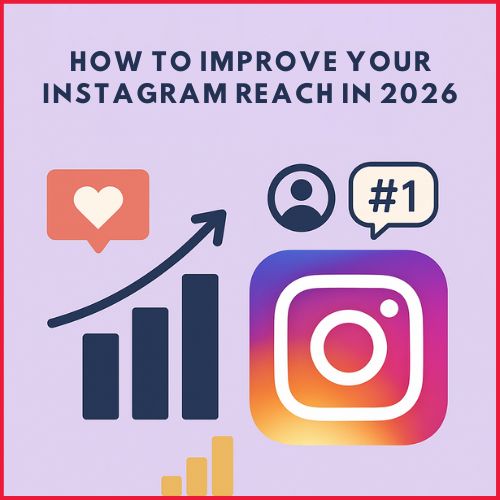India’s Third-Quarter Gold Consumption Soars
According to the World Gold Council (WGC), gold consumption in India, the world’s second-largest consumer of the yellow metal, increased 10% to 210.2 tonnes in the third quarter of this calendar year, supported by lower gold prices and holiday demand.
WGC India Regional CEO Somasundaram PR told PTI that gold prices had dropped slightly in the previous quarter but had begun to rise again.
Prices will be crucial during the Dhanteras festival and wedding season in the coming two months.
According to trade feedback, customers have accepted the Rs 60,000 per ten-gram price point, therefore a price decrease could result in a large increase in demand.
Price Sensitivity: A Key Factor in Dhanteras Buying
Dhanteras is regarded as the most auspicious day in the Hindu calendar for purchasing things ranging from precious metals to kitchenware.
The World Gold Council reported in its quarterly gold demand report that India’s gold demand grew to 210.2 tonnes in the third quarter of the 2023 calendar year, up from 191.7 tonnes the previous year.
Demand for jewellery increased by 7% in the quarter under review, to 155.7 tonnes from 146.2 tonnes, while demand for bars and coins jumped by 20%, to 54.5 tonnes from 45.4 tonnes.
In reality, bar and coin investment in India reached a three-year high in the third quarter of 2015.
India’s gold imports increased to 220 tonnes in the third quarter of this year, up from 184.5 tonnes the previous year, according to the report.
The WGC research stated that the adjustment in the local gold price from record highs, together with the festival season in south India, were the two key drivers of growth in jewellery demand during Q3.
After a somewhat slow start to the quarter, owing in part to Adhik Maas, which is considered unlucky for making new purchases, August and September saw an increase in activity due to festivals such as Onam and Varalakshmi.
Regional Variances in Gold Demand
South India outperformed other regions due to festive purchases. North India, on the other hand, was the weakest and experienced a year-on-year fall, reflecting a weaker rural sector and a lack of important holidays during the quarter.
Lower-carat (18K and 14K) jewellery has grown in popularity as gold prices have risen, and retailers have promoted these higher-margin items.
According to the survey, large merchants have continued to perform well in comparison, earning benefits from aggressive marketing operations.
Bar and Coin Investment on the Rise
“In the fourth quarter, as prices fell slightly, more people waited to buy gold and purchased more bars and coins rather than jewellery.” As a result, demand for bars and coins increased by 20% in the third quarter,” Somasundaram added.
Price correction was a major factor that triggered latent demand, which the WGC believes is still strongly supported by strong positive economic sentiment mixed with uncertainties arising from a variety of factors such as inflationary fears, below-normal monsoons, and global developments, he said.
Anticipating Q4: Seasonal Trends and Price Impacts
According to WGC, Q4 will see the customary seasonal boost from festivals and wedding purchases; nevertheless, any abrupt price increase could delay the release of pent-up demand after a relatively poor first-half demand.
“There is untapped demand, but prices are high… If prices rise, people will be more hesitant to buy. People may purchase more bars and coins,” Somasundaram said.
He also stated that assuming prices do not climb further, Q4 gold demand is projected to be in the same range as Q3.
Outlook for the Full-Year 2023
With the first nine months’ demand at 481.2 tonnes, the full-year 2023 gold demand would be in the 700-750 tonnes area, he added, somewhat lower than the 774 tonnes demand in 2022.
However, gold imports in 2023 are likely to exceed last year’s total of 650.7 tonnes. During the January-September period of this year, India bought 563 tonnes of yellow metal, he added.














